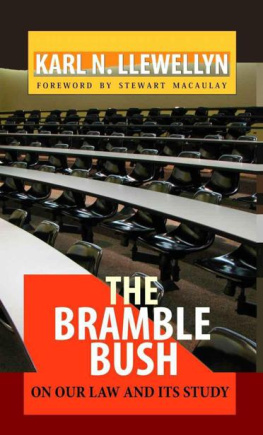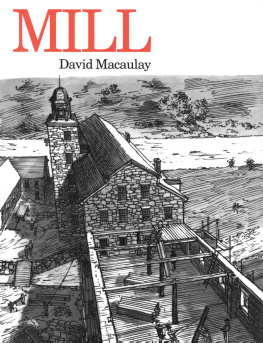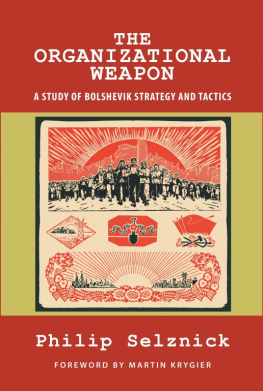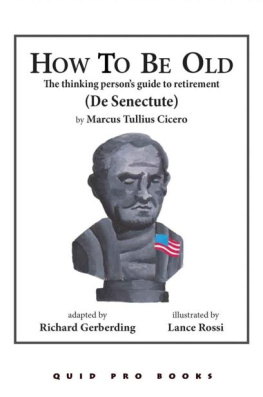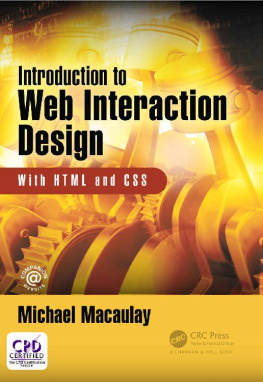T HE B RAMBLE B USH
On Our Law
and Its Study
____
Karl N. Llewellyn
____
Introduction by Stewart Macaulay
Quid Pro Books
New Orleans, Louisiana
The Legal Legends Series from Quid Pro Books offers quality digital renditions of classic legal and political scholarship, adding links and notes where applicable, and minimizing the formatting and scanning errors common in such works. Each book is carefully checked against original sources. Many contributions to the Series, such as this one, feature biographical summaries and analytical introductions. They are also available in new paperback or hardback editions.
Some of the Titles Available in the Series, in eBook and Print Editions:
* Benjamin Cardozo, The Nature of the Judicial Process (1921), with 2010 Foreword and Biographical Summary by Andrew L. Kaufman of Harvard Law School
* Oliver Wendell Holmes, Jr., The [Annotated] Common Law (1881), with 2010 Foreword and Explanatory Notes by Steven Alan Childress of Tulane
* Samuel Warren & Louis Brandeis, The Right to Privacy (1889), with 2010 Foreword by Steven Alan Childress
* Woodrow Wilson, Constitutional Government in the United States (1908), with 2011 Foreword by Michele Veade
* Woodrow Wilson, The State and Federal Governments of the United States: A Brief Manual for Schools and Colleges (1889), with 2010 Foreword by Steven Alan Childress
Also available in the Series: Karl N. Llewellyn, The Common Law Tradition ; Roscoe Pound, The Spirit of the Common Law; John Chipman Gray, The Nature and Sources of the Law; Thomas Reed Powell, Vagaries and Varieties of Constitutional Interpretation; O.W. Holmes, Jr., The Path of the Law; and Joseph Story, Commentaries on the Constitution of the United States.
__________
The Bramble Bush
Smashwords edition. Compilation, introduction and annotations copyright 2012 by Stewart Macaulay. New digital presentation and coding 2012 by Quid Pro, LLC. All rights reserved. No reproduction or copying may be made of this ebook edition, including digital copies and use of its coding, without the written permission of Quid Pro, LLC.
The original work was published in 1930 by the author, and in 1951 and 1960 by Oceana Publications (Dobbs Ferry, New York), and copyright 1930, 1951, and 1960 by K. N. Llewellyn. No copyright is currently claimed in the original text of this work; nor in any quoted statutes, regulations, or excerpts from court opinions.
Cover photograph copyright 2009 by Fred Kuipers, and is used in this eBook with his permission. Cover design copyright 2012 by Quid Pro, LLC.
Published in 2012 by Quid Pro Books, at Smashwords.
ISBN 978-1-61027-135-6 (ePUB)
ISBN 978-1-61027-134-9 (pbk.)
Quid Pro, LLC
5860 Citrus Blvd., Suite D-101
New Orleans, Louisiana 70123
www.quidprobooks.com
Publisher's Cataloging-in-Publication
Llewellyn, Karl N. (Karl Nickerson), 1893-1962.
The Bramble Bush: on our law and its study / by Karl N. Llewellyn; with introduction and notes by Stewart Macaulay.
p. cm.
Includes original foreword and 2012 introduction and editor's notes.
ISBN 978-1-61027-135-6 (ePUB)
"The classic lectures to beginning and returning law students about law school, the study of law, reading case law, class discussion, legal realism, and life in the law after the first year; updated and annotated with introduction and notes by Wisconsin law professor Stewart Macaulay."
1. LawStudy and teachingUnited States. 2. LawUnited StatesLegal history. 3. Jurisprudence. 4. LawUnited States. I. Title.
KF273.L55.M6 2012
340.18629dc22 CIP
CONTENTS
{Pagination inside the text references the authors previous, printed editions; that pagination is embedded into the text of the modern digital edition, for continuity of citations and referencing. See .}
INTRODUCTION
DODGING THE WORST OF THE
THORNS ON THE BRAMBLE BUSH
The Bramble Bush is a book that anyone interested in law schools or law should read. Karl Nickerson Llewellyn was a brilliant man. He loved the British and American legal tradition. A number of great judges were his heroes, and he admired lawyers who solved problems and were skilled crafts people. He offers a Mother Goose nursery rhyme as catching the essence of legal education. In the rhyme, a man falls into a bramble bush and scratches out his eyes. But then he turns to the thorns again and scratches eyes back into his head. Similarly, in law school, law students first lose their old eyes and stumble around for a bit, but then they gain new vision. Llewellyn assumes that, in most cases, the new eyes will be better than the old.
Even if this is true, insofar as the bramble bush story captures something of legal education, it warns those thinking about going to law school that it may be a painful process. I went to law school in the early 1950s, and I can testify that in the first year I faced some measure of education by intimidation and humiliation. Students who displeased one of our professors were insulted and yelled at. Other professors did not yell but were content to question us in ways that showed us and our classmates that we did not understand what we had been asked to read. One professor asked me a question, and I had no idea how to respond. He repeated the question. I remembered a phrase from an old case we had considered in another course and asked timidly, Could the plaintiff ask for quantum meruit ?
The professor dismissed my statement: Mr. Macaulay! Is it really necessary to discuss this case in Polish? Needless to say, I heard about that one from my classmates for some timeone remembered it at our fiftieth class reunion. Moreover, several faculty members pointed out to us that usually about a third of the first year class at my law school did not make it to the second year. The bramble bush shows its thorns before you find the raspberries or blackberriesif you ever discover them.
When I was asked to write this introduction, I pulled down my copy of the 1950 re-publication of the book that I bought before I started law school. The price was marked on the inside cover: $3.50. Llewellyns book served to warn me that the game did not involve memorizing collections of clear and certain rules all fit together in a seamless logical structure.
Llewellyn in The Bramble Bush looks at legal education, the common law system of precedent, and the American legal system in general. He raises some problems. Nonetheless, Lawrence Friedman, the great legal historian, observes:
Part of Llewellyns problemif we can call it a problemwas that he was quite starry-eyed about the common-law, and the way it moved and worked; basically, he loved the common-law, and this intense love colors all of his work. Everything Llewellyn wrote, he wrote passionately; his style is curious , cryptic , stylized, and at times annoying; but it is full of zest, of boundless enthusiasm. He truly adored the law; and those that made it.
Once we have considered legal education, we will turn to at least a few questions about the adversary system in practice in this country.
I. The Bramble Bush and Legal Education
A. Is Anything, or Any One, Over Eighty Years Old Still Worth Listening To?
A skeptic would ask why read a book written over eighty years ago? Why should we think that much in The Bramble Bush still applies to todays legal education? Fortunately, we can offer good reasons to read Llewellyns book. At least some of classic legal education may have survived up to almost forty years ago. We can point to the 1973 film The Paper Chase, where John Houseman gave us a picture of law professors as nasty people who drove students to think their way. Instead of reading a book, a prospective law student could just watch this film. We can hope that by today Housemans education by humiliation is not typical.
Next page
